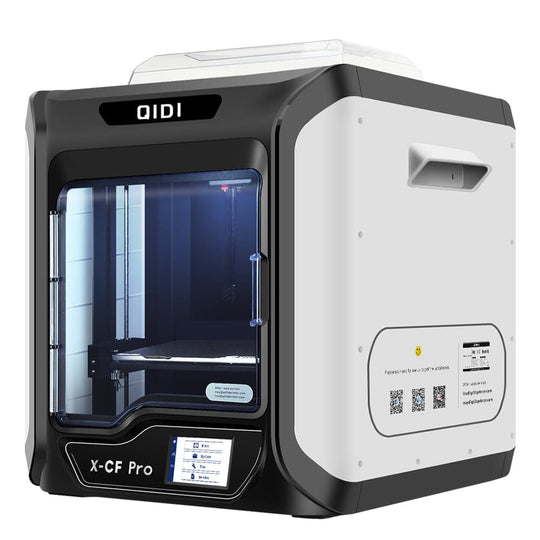In the realm of 3D printing, FDM printers with customizable settings have revolutionized the way enthusiasts and professionals approach their projects. These printers allow users to tailor their printing parameters to achieve optimal results, making them a popular choice among various users. But what exactly are the benefits of these customizable settings, and how can they enhance your 3D printing experience?

Understanding FDM Printers with Customizable Settings
Fused Deposition Modeling (FDM) printers work by extruding melted thermoplastic filament through a nozzle, layer by layer, to create a three-dimensional object. The ability to adjust settings such as temperature, speed, and layer height is crucial for achieving high-quality prints. Customizable settings enable users to:
- Optimize print quality
- Reduce material waste
- Enhance print speed
- Adapt to different filament types
Key Customizable Settings in FDM Printers
When using FDM printers with customizable settings, several key parameters can be adjusted to improve print outcomes:
- Extruder Temperature: The temperature at which the filament is melted can significantly affect adhesion and flow. Adjusting this setting based on the filament type can lead to better results.
- Print Speed: Slower speeds often yield higher quality prints, but adjusting speed can also reduce print time. Finding the right balance is essential.
- Layer Height: Thicker layers can speed up the printing process, while thinner layers provide finer detail. Customizing layer height based on the project requirements is vital.
- Infill Density: This setting determines how solid the interior of the print will be. Higher infill can enhance strength but also increases material usage.
How to Optimize Your 3D Prints
To fully leverage the benefits of FDM printers with customizable settings, consider the following tips:
- Experiment with different settings for various projects to understand their impact.
- Utilize slicing software that allows for detailed customization of print parameters.
- Keep a record of successful settings for future reference.
By taking the time to adjust and optimize these settings, users can significantly enhance the quality and efficiency of their prints.
Conclusion
In conclusion, FDM printers with customizable settings offer unparalleled flexibility and control over the 3D printing process. By understanding and adjusting key parameters, users can optimize their prints for quality, speed, and material efficiency. For those interested in exploring high-quality options, consider checking out that cater to your specific needs.




